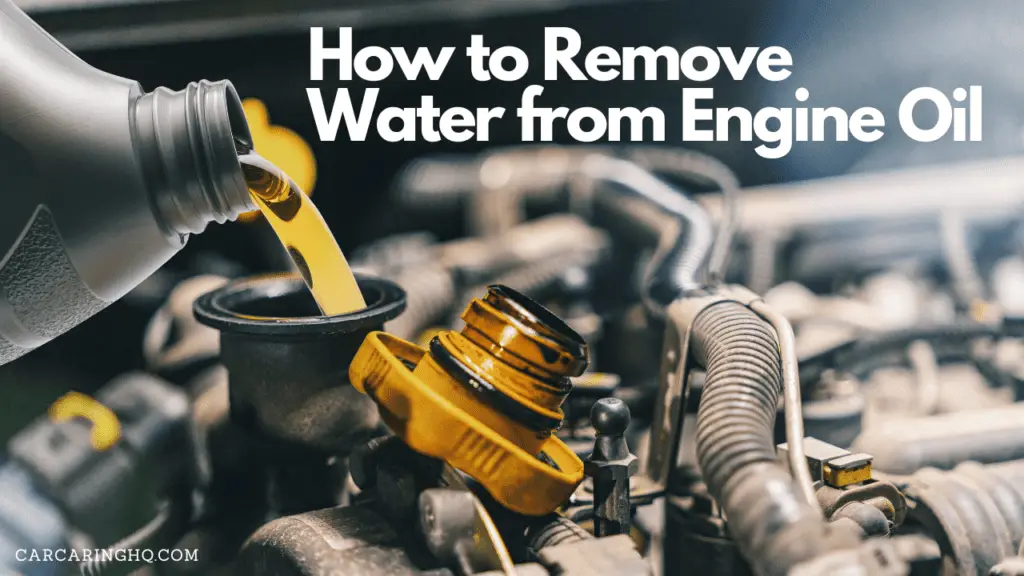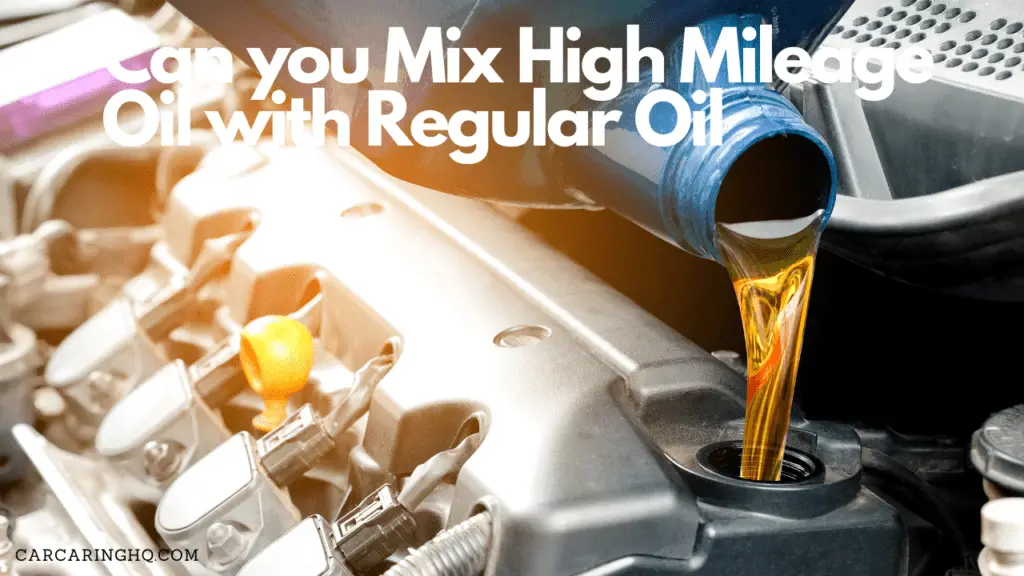Engine oil plays a crucial role in maintaining the smooth operation and longevity of your vehicle’s engine.
However, the presence of air bubbles in engine oil can be a cause for concern. In this article, we’ll delve into the factors that contribute to the formation of air bubbles in engine oil, as well as their potential implications for your vehicle’s performance.
Table of Contents
Common Causes of Air Bubbles in Engine Oil
1. Aeration During Oil Change
Cause: One common cause of air bubbles in engine oil is aeration that occurs during the oil change process. When new oil is poured into the engine, it can introduce air into the oil due to the pouring action and the rapid filling process.
Implications: Aeration during an oil change is usually temporary and not a cause for significant concern. The air bubbles should dissipate as the engine operates and the oil circulates.
2. Crankcase Ventilation System Issues
Cause: The crankcase ventilation system is responsible for regulating the pressure inside the engine crankcase and preventing the buildup of harmful gases. If this system malfunctions or becomes clogged, it can lead to excessive pressure and air bubbles in the engine oil.
Implications: A faulty crankcase ventilation system can cause oil leaks, decreased engine efficiency, and potential damage to engine components.
3. Coolant Contamination
Cause: Coolant leaks or mixing with engine oil can introduce air bubbles into the oil. This can occur due to issues such as a leaking head gasket or a cracked engine block, allowing coolant to mix with the oil.
Implications: Coolant contamination can lead to reduced lubrication effectiveness, increased engine temperature, and potential engine damage if not addressed promptly.
4. Oil Foaming
Cause: Aggressive driving, overfilling the oil, or using an inappropriate oil viscosity can lead to oil foaming. Foaming can trap air within the oil, causing bubbles to form.
Implications: Foaming can result in reduced oil performance, as air bubbles can compromise the oil’s ability to properly lubricate engine components.
5. Oil Additives and Viscosity Modifiers
Cause: Some oil additives and viscosity modifiers, especially if not properly mixed, can create air bubbles in the oil.
Implications: While modern engine oils are formulated to minimize these effects, excessive or improper use of additives can lead to reduced oil performance and possible engine issues.
Addressing Air Bubbles in Engine Oil
1. Regular Maintenance
Regularly scheduled oil changes and maintenance can help prevent issues related to aeration during oil changes and ensure proper functioning of the crankcase ventilation system.
2. Cooling System Check
Periodically inspect the cooling system for leaks or issues that could lead to coolant contamination. Address any leaks promptly to prevent coolant from mixing with the engine oil.
3. Appropriate Oil Selection
Choose the correct oil viscosity grade and follow the manufacturer’s recommendations for oil additives to prevent foaming and related problems.
4. Professional Inspection
If you notice persistent air bubbles in the engine oil or experience engine performance issues, consult a professional mechanic for a thorough diagnosis. They can identify the root cause and recommend appropriate solutions.
Conclusion
While the presence of air bubbles in engine oil can be unsettling, understanding the potential causes and implications is essential for maintaining your vehicle’s health.
Regular maintenance, proper oil selection, and addressing issues promptly can help prevent or resolve problems related to air bubbles in engine oil, ensuring that your engine operates smoothly and efficiently. If you’re uncertain about the cause of air bubbles in your engine oil, seeking professional advice is always a wise decision.







